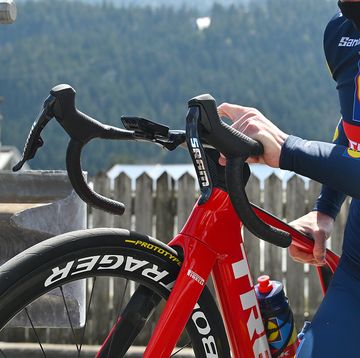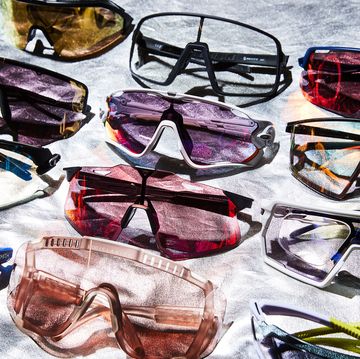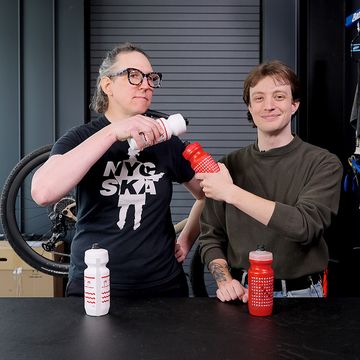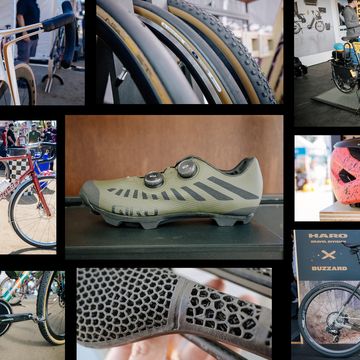10 Things You Didn’t Know About Carbon Fiber
The secret life of carbon fiber—cycling’s most mysterious material.

Since carbon fiber essentially took over the performance cycling world two decades ago, the bike industry continues to crank out ever-lighter, stiffer, and more impressive designs that were impossible to make in metal.
But carbon fiber products are sometimes seen as more obscure and mysterious than their metal counterparts. Here are 11 facts you might not know about the material.
Joe Lindsey is a longtime freelance journalist who writes about sports and outdoors, health and fitness, and science and tech, especially where the three elements in that Venn diagram overlap.
As Deputy Editor, Tara Seplavy leads Bicycling’s product test team; after having previously led product development and sourcing for multiple bike brands, run World Championship winning mountain bike teams, wrenched at renowned bicycle shops in Brooklyn, raced everything from criteriums to downhill, and ridden bikes on six different continents (landing herself in hospital emergency rooms in four countries and counting). Based in Easton, Pennsylvania, Tara spends tons of time on the road and trail testing products. A familiar face at cyclocross races, crits, and bike parks in the Mid Atlantic and New England, on weekends she can often be found racing for the New York City-based CRCA/KruisCX team. When not riding a bike, or talking about them, Tara listens to a lot of ska, punk, and emo music, and consumes too much social media.
Watch Next


A New Sram Group Is All over the Races

The 12 Best Sunglasses for Cyclists of 2024

Fly with Your Bike — Use These Travel Cases & Bags

Clean Your CamelBak Bladder in 3 Easy Steps

















